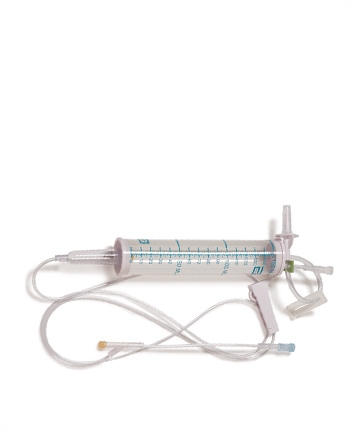- Community
-
Programs
- Schools
-
Careers
- RN Specialties
- Best RN Jobs and Salaries
- Aesthetic Nurse
- Nursing Informatics
- Nurse Case Manager
- NICU Nurse
- Forensic Nurse
- Labor and Delivery Nurse
- Psychiatric Nurse
- Pediatric Nurse
- Travel Nurse
- Telemetry Nurse
- Dermatology Nurse
- Nurse Practitioner
- Best NP Jobs and Salaries
- Family NP (FNP)
- Pediatric NP
- Neonatal NP
- Oncology NP
- Acute Care NP
- Aesthetic NP
- Women's Health NP
- Adult-Gerontology NP
- Orthopedic NP
- Emergency NP
- Psychiatric-Mental Health NP (PMHNP)
- APRN
- Nurse Educator
- Nurse Administrator
- Certified Nurse Midwife (CNM)
- Clinical Nurse Specialist (CNS)
- Certified Registered Nurse Anesthetist (CRNA)
- Resources
- Education


asiajade71
5 Posts
Hello,
I just started working in CICU and I am confused.I had a patient with afib in the 100's then she had frequent 5 beat run of PVc's with heart rate increasing 130's to 140's. It happened frequently so I notified the doctor after I got a lab result called to me. She was asymtomatic patient calm and talkative denies SOB.Her potassium was 2.9. I understand that this can be a cause for irregular heart rhythm. I stayed by her side fearing she would get symptomatic and need a code. She was given a stat dose of lopressor IVP and solucet.What would you call her rhythm afib with RVR or afib with vtach? How many consecutive PVC's would be considered a run?What else could I have done with her symptoms?